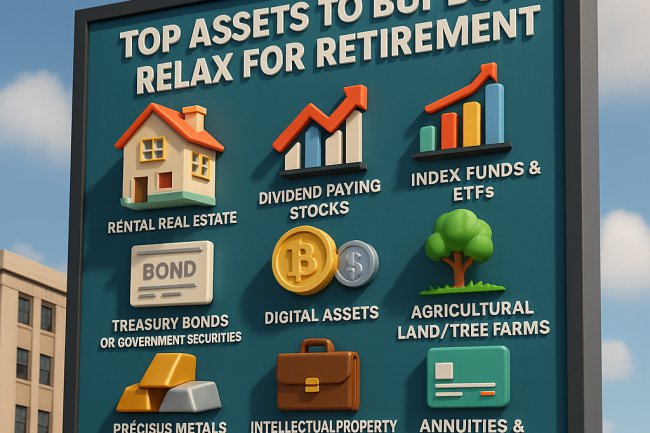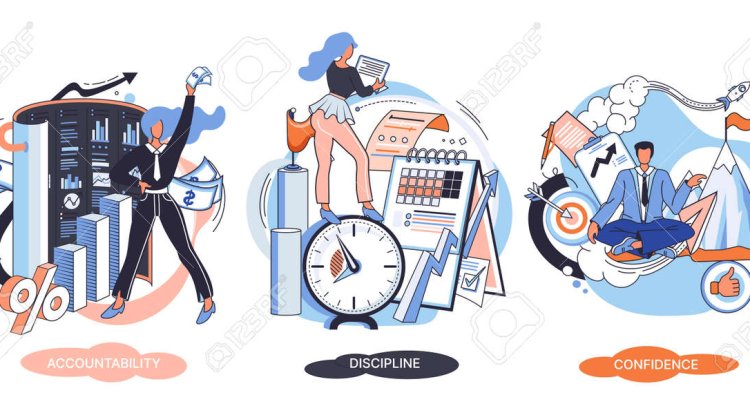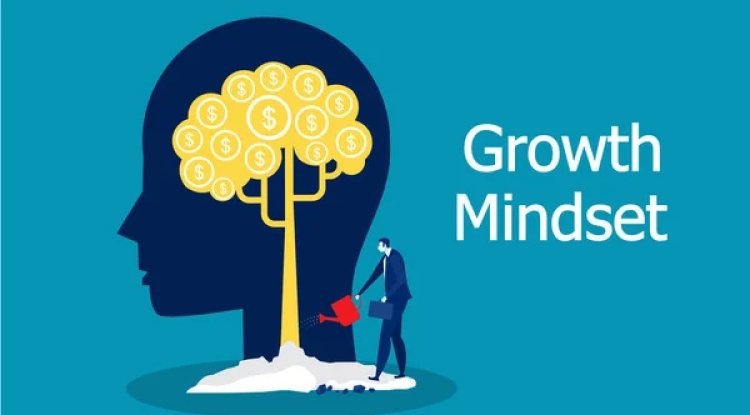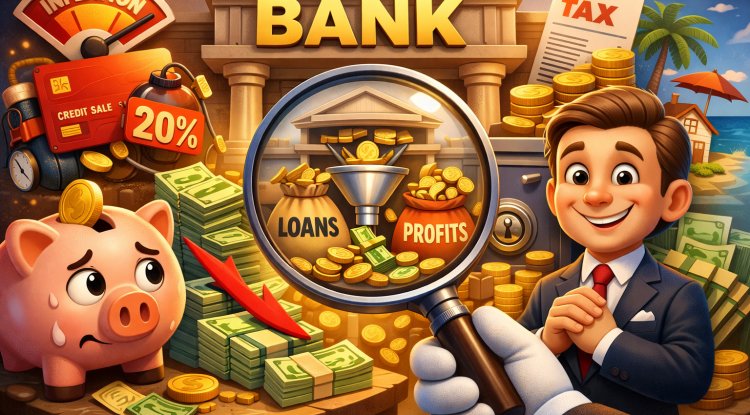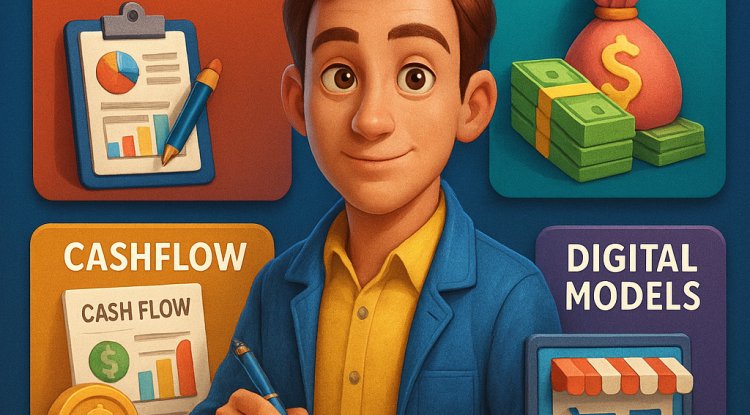ETFs: The Hidden Treasures of Shrewd Investing
Discover how ETFs can help you build wealth the smart way. Learn how African investors use Exchange-Traded Funds to grow money safely and globally.
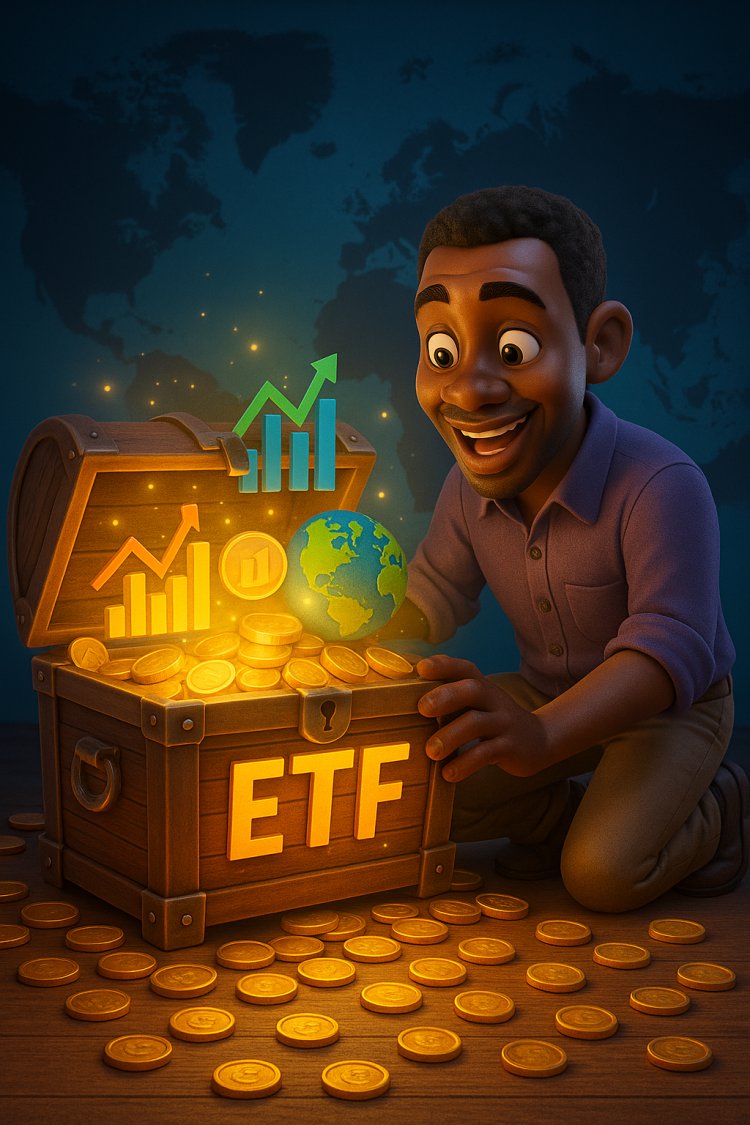
The Smart Investor’s Shortcut to Global Wealth
If you could unlock a single chest that holds hundreds of assets — stocks, bonds, even commodities — would you take it?
That’s what an ETF is: a modern treasure chest for smart investors.
It gives you access to diverse markets, professional management, and growth potential — all in one simple investment.
Yet, many people have never even heard of ETFs. Some think investing means buying random shares or betting on the next “hot” business. Others keep their savings in the bank, earning less than inflation.
It’s time to uncover one of the best-kept secrets of modern investing — and see how you, as an African investor, can use it to build wealth smartly, safely, and sustainably.
What Exactly Is an ETF?
ETF stands for Exchange-Traded Fund.
In simple terms, an ETF is a basket that holds many investments — such as shares, bonds, or even commodities like gold.
You buy it just like a stock. But unlike owning one company, an ETF gives you instant diversification — meaning your risk is spread across dozens or even hundreds of assets.
Example:
Instead of buying shares of one company (like Safaricom or Dangote), an ETF lets you own small parts of hundreds of companies — from Apple to MTN — all in one move.
That’s why smart investors call ETFs “one of the safest ways to grow wealth without stress.”
Why ETFs Are Hidden Treasures
For the smart investor, ETFs offer three key advantages: diversification, low cost, and convenience.
Let’s break them down.
1. Diversification Without Complexity
Imagine you’re a farmer with only one crop. A single drought could wipe out your income.
That’s the same risk when you own just one or two stocks.
An ETF is like planting different crops — maize, beans, bananas, and fruits — in one field. If one fails, others thrive.
With one ETF, you could hold tech companies, banks, manufacturers, and energy firms across different countries.
It’s balance. It’s safety. It’s smart investing.
2. Low Cost, High Efficiency
Many traditional investment funds charge high management fees — sometimes 2–5% annually.
ETFs often charge less than 1%, sometimes as low as 0.1%.
That difference compounds massively over time.
If you invest $10,000 and earn 8% annually, a 2% fee reduces your 30-year return by almost $150,000 compared to a low-cost ETF.
That’s the price of ignorance — or the reward of smart choices.
3. Easy to Buy, Easy to Sell
ETFs trade on the stock exchange like shares. You can buy or sell any time during market hours.
Unlike unit trusts that require paperwork or waiting periods, ETFs offer liquidity — flexibility when you need it most.
You’re in control, not at the mercy of fund managers or banking delays.
4. Global Access From Local Platforms
Living in Kenya, Nigeria, or Ghana doesn’t limit you to local markets anymore.
With ETFs, you can invest globally — from American tech giants to Asian manufacturing to African frontier economies.
That means your money grows beyond borders, protecting you from local currency fluctuations or regional recessions.
You’re not just investing — you’re owning a piece of the global economy.
How ETFs Actually Work
Behind the scenes, an ETF is structured to track a specific index — a group of assets.
For example:
-
A Stock ETF might track the S&P 500 — 500 of the biggest U.S. companies.
-
A Bond ETF might follow government or corporate bonds.
-
A Commodity ETF could hold gold or oil.
When you buy one ETF share, you’re effectively buying a slice of every company or asset in that index.
This gives you automatic balance, without needing to research or manage each company yourself.
Think of it as “autopilot investing” — but with real financial intelligence behind it.
Types of ETFs (and How to Use Them)
1️⃣ Equity ETFs — “The Growth Engine”
These are the most common. They invest in company shares across sectors or countries.
Perfect for long-term investors who want steady growth.
Example: A Global Equity ETF could include Apple, Microsoft, Toyota, Safaricom, and hundreds more.
Pros: High growth potential.
Cons: More volatility — prices fluctuate with the stock market.
2️⃣ Bond ETFs — “The Stabilizer”
Bond ETFs invest in government or corporate debt. They’re lower risk and provide regular interest income.
Ideal for balancing your portfolio — especially during uncertain markets.
Pros: Stability, income, and protection from volatility.
Cons: Lower returns compared to stocks.
3️⃣ Sector or Thematic ETFs — “The Specialist”
These focus on specific industries like technology, energy, health, or clean energy.
If you believe in Africa’s renewable revolution or global tech expansion, you can invest directly through thematic ETFs.
Pros: Targeted growth.
Cons: Higher risk if the sector underperforms.
4️⃣ Commodity ETFs — “The Real Asset Hedge”
These hold assets like gold, silver, or oil.
They protect your wealth during inflation or economic instability.
When paper currencies lose value, real assets often rise.
Pros: Inflation protection.
Cons: Prices can be unpredictable short term.
5️⃣ International or Regional ETFs — “The Global Player”
Want exposure to U.S., Asia, Europe, or Africa?
Regional ETFs let you invest in specific markets.
African investors can blend global and regional exposure — for example, combining an African Market ETF with a Global Tech ETF.
Pros: Diversification beyond borders.
Cons: Currency risk (USD fluctuations).
Why Smart Investors Love ETFs
ETFs combine simplicity with sophistication.
Here’s why they’re the hidden treasure every investor should explore:
-
Transparency: You can see exactly what’s inside the ETF.
-
Accessibility: Start with small amounts.
-
Automatic diversification: One purchase, many assets.
-
Scalability: Great for both beginners and professionals.
-
Compounding: Reinvesting dividends accelerates wealth growth.
It’s no exaggeration: ETFs are transforming how Africans invest — shifting the mindset from speculation to strategic wealth-building.
Common Mistakes to Avoid
Even the best tools can fail in careless hands.
Here are traps to sidestep:
1. Buying What You Don’t Understand
Never invest in an ETF just because it’s trending.
Always research what it holds, its history, and its volatility.
2. Ignoring Fees
ETFs are low-cost — but not free. Compare expense ratios before investing.
A 1% difference could cost you thousands over years.
3. Expecting Quick Riches
ETFs are long-term vehicles.
Don’t panic if prices drop short term — they’re designed to reward patience, not impulse.
4. Neglecting Rebalancing
Over time, your asset allocation shifts.
Revisit your portfolio every 6–12 months to maintain your ideal mix (e.g., 60% stocks, 40% bonds).
5. Forgetting the Currency Factor
If you invest in USD-denominated ETFs while earning in local currency, be aware of exchange rate movements.
Diversify across currencies when possible.
African Perspective: The ETF Revolution
For years, most African investors relied on savings accounts, SACCOs, or local shares.
But now, platforms and brokers are opening access to ETFs worldwide — allowing small investors to build global portfolios.
Imagine a Nairobi teacher or Lagos designer owning shares in Amazon, Nestlé, or Tesla — without huge capital.
That’s the power of ETFs.
They democratize wealth — giving ordinary Africans the same tools once reserved for Wall Street elites.
ETFs also provide inflation protection — essential in economies where currency values fluctuate.
They allow wealth to grow beyond borders and beyond inflation.
How to Start Investing in ETFs
Here’s a step-by-step path designed for the African investor:
-
Set Your Goal — Why are you investing? Retirement, education, freedom?
-
Build Your Safety Net — Save 3–6 months of expenses before investing.
-
Choose a Platform — Look for brokers that give ETF access (global or regional).
-
Start Small, Grow Gradually — Even $10 or KSh 1,000 monthly compounds massively.
-
Pick Broad ETFs First — Go for total market or index ETFs before niche sectors.
-
Automate — Set recurring investments each month.
-
Stay Patient — Let compounding do the heavy lifting.
Real-Life Example
Meet Chinedu, a Lagos-based freelancer.
He started saving ₦20,000 monthly into a U.S. stock ETF and a global bond ETF.
After three years, he wasn’t rich — but his portfolio had grown 40% while many peers struggled with inflation and poor savings.
He didn’t guess the market. He didn’t time it.
He simply used structure and patience.
That’s the ETF way — quiet, consistent, compounding growth.
The Core ETF Strategy
To build generational wealth, adopt the “Core & Explore” approach:
-
Core Portfolio (70–80%) → Broad ETFs like global equity, bonds, or total market funds.
-
Explore Portfolio (20–30%) → Thematic or regional ETFs (e.g., clean energy, Africa growth, tech innovation).
This strategy balances safety with opportunity — giving you the best of both worlds.
The Power of Time
ETFs are not a get-rich-quick scheme — they are get-rich-slowly-but-surely.
When you stay invested for years, you harness the power of compound growth.
That’s how small, regular investments grow into life-changing sums.
A consistent investor who contributes just KSh 5,000 per month for 20 years at 10% annual return builds over KSh 3 million — even without increasing contributions.
That’s the quiet magic of discipline + time.
Why ETFs Fit the Modern African Investor
-
Digital-friendly — accessible through apps and platforms.
-
Low capital entry — start small, scale later.
-
Global diversification — hedge against local risk.
-
Transparent and safe — easy to track and understand.
-
Aligned with global wealth trends — African inclusion in global markets.
ETFs are the bridge between local dreams and global wealth opportunities.
Final Thoughts
ETFs are the hidden treasures of modern investing — practical, powerful, and proven.
They are the perfect fit for the African investor who wants to move beyond saving and start owning assets.
When you invest in ETFs, you’re saying:
“I believe in discipline over luck, patience over hype, and wealth over noise.”
You’re not just growing your money — you’re building your financial independence.
Start small. Stay consistent. Let time and compounding reward your discipline.
The smart investor doesn’t chase trends — they follow timeless principles.
And ETFs are one of those timeless paths to financial freedom.
What's Your Reaction?









